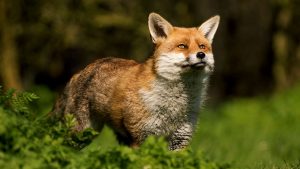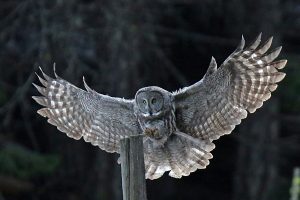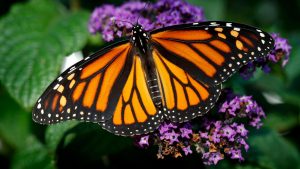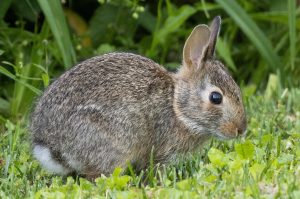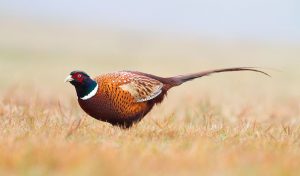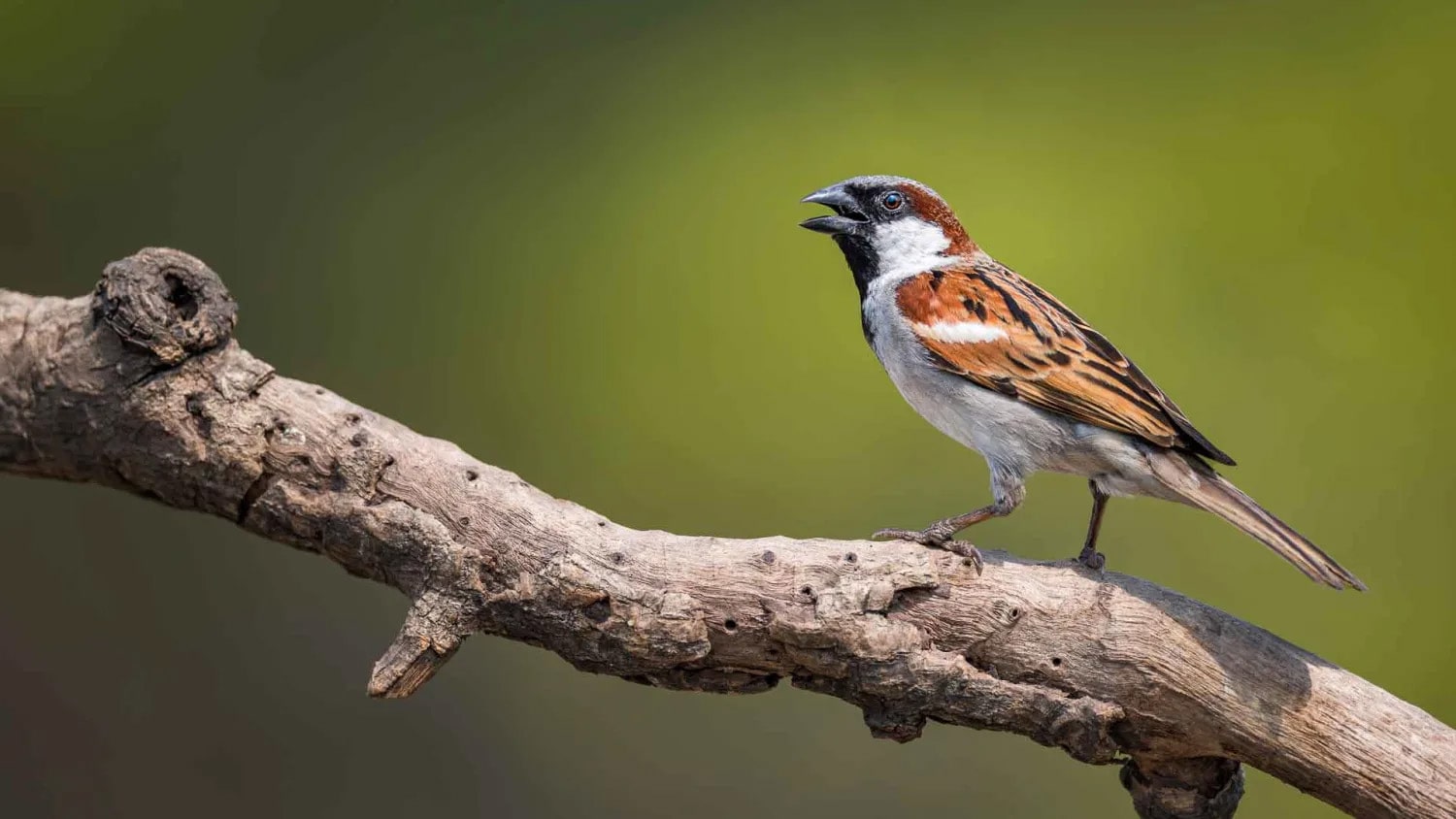
36 interesting facts about sparrows
- 👁️ 1523
Sparrows, often considered small and inconspicuous, hold a significant place in various ecosystems around the world. Known for their resilience and adaptability, these birds have been part of human folklore, literature, and art for centuries. The family of sparrows, Passeridae, encompasses several species, each with its unique habits, appearances, and vocalizations. Despite their common presence in urban areas, sparrows continue to fascinate ornithologists and bird watchers with their complex behaviors and social structures. Here are 36 interesting and informative facts about sparrows that shed light on their characteristics, lifestyle, and the challenges they face in the modern world.
- The house sparrow (Passer domesticus) is one of the most widely distributed bird species in the world.
- Sparrows are small birds, generally measuring between 11 to 18 centimeters in length.
- They primarily have a diet of seeds, but they also consume insects, especially during the breeding season.
- Sparrows are known for their dusty brown color with streaks, although coloration can vary significantly between species.
- The house sparrow is associated with human habitations and can live in urban or rural settings.
- Male house sparrows are distinguishable by their brighter coloration and black bibs during the breeding season.
- Sparrows are highly social birds, often seen foraging in groups.
- The chirping of sparrows is one of the most recognizable bird sounds in urban areas.
- They can live up to 13 years in the wild, although the average lifespan is typically much shorter.
- Sparrows have been symbols of companionship, simplicity, and joy across various cultures.
- The Eurasian tree sparrow (Passer montanus) is similar to the house sparrow but has a distinct black spot on its white cheeks.
- Sparrows are monogamous and often mate for life.
- They build nests in crevices of buildings, tree hollows, or even old nests of other birds.
- A female sparrow can lay 3 to 5 eggs per brood, and they can have multiple broods per year.
- In urban environments, sparrows have adapted to forage food discarded by humans.
- Despite their abundance, the population of house sparrows has been declining in many parts of the world.
- Sparrows are not migratory birds but may move short distances to find food during winter.
- The decline in sparrow populations is attributed to habitat loss, pollution, and competition for nesting sites.
- Sparrows have been kept as pets, especially for their singing abilities.
- The oldest recorded house sparrow lived to be 19 years old.
- Urbanization has impacted sparrow habitats, leading to a decrease in insect food sources.
- Sparrows use dust baths as part of their grooming behavior to maintain feather health.
- Some sparrow species, like the Spanish sparrow, are known for their aggressive behavior towards other birds.
- Sparrows can flap their wings up to 15 times per second during flight.
- The song of a sparrow consists of a series of chirps and can vary greatly between males.
- Sparrows have excellent vision and can see ultraviolet light, which plays a role in their mating and foraging behavior.
- In ancient Egypt, sparrows were considered symbols of love and were associated with the goddess Isis.
- The IUCN Red List classifies the house sparrow as a species of least concern, but its population trend is decreasing.
- Studies have shown that sparrows can recognize individual humans, especially those who pose a threat or provide food.
- Sparrows play a significant role in controlling insect populations, benefiting agriculture.
- In many parts of the world, sparrows are indicators of environmental health.
- Sparrows have adapted to nesting in various structures, including street lights and signs.
- In folklore, sparrows are often portrayed as cunning and resourceful.
- Climate change is affecting the breeding and migration patterns of some sparrow species.
- Sparrows are capable of communal learning, sharing information about food sources and threats.
- The decline of sparrows in urban areas has led to conservation efforts focused on creating suitable habitats and food sources.
Sparrows, with their rich presence in our cities and countryside, remind us of the intricate connections between humans and wildlife. Despite their small size, sparrows play a crucial role in our ecosystems, controlling insect populations and bringing the charm of nature into our daily lives. The decline in sparrow populations highlights the need for conservation efforts to ensure these birds continue to thrive alongside human development. As we learn more about sparrows, we gain insights into the broader challenges facing urban wildlife and the importance of biodiversity for a healthy planet.

